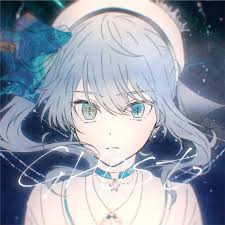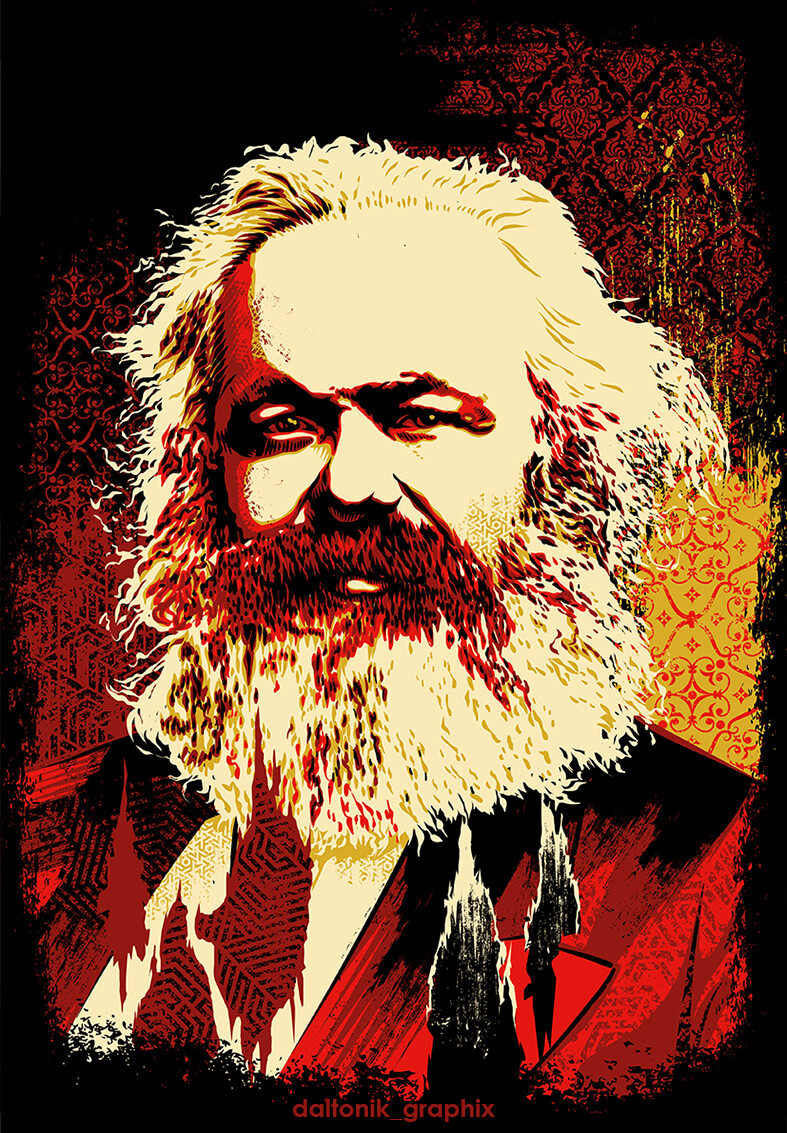"Stalin's Library: A Dictator and his Books" by Geoffrey Roberts -
READING FOR THE REVOLUTION
Stalin learned to read and annotate at school and in a seminary but found his true métier in the radical bookshops of the Georgian capital, Tbilisi. Books converted him to socialism and guided him into the revolutionary underground of Tsarist Russia.
Stalin believed in the transformative power of ideas for the simple reason that, if reading had radically changed his life, then so, too, could it change the lives of others.
Stalin was a voracious reader from an early age. As a young political activist and aspirant intellectual, his reading naturally focused on left-wing publications, especially the writings of Karl Marx and Friedrich Engels, and of Vladimir Lenin, the leader of Stalin’s Bolshevik faction in the Russian Social Democratic Labour Party.
But he also devoured the classics of Russian and western fiction – Tolstoy, Dostoevsky, Gogol, Chekhov, Shakespeare, Cervantes, Schiller, Heine, Hugo, Thackeray and Balzac."
After Lenin’s death in 1924, much of Stalin’s reading concentrated on the writings of his rivals in the struggle to succeed the founder of the Soviet state, people like Leon Trotsky, Grigory Zinoviev, Lev Kamenev and Nikolai Bukharin.
In the 1930s Stalin’s attention switched to Soviet literature – to the post-revolutionary writings of Maxim Gorky, Alexander Fadeev, Alexei Tolstoy, Ilya Ehrenburg, Isaac Babel and Mikhail Sholokhov. Another preoccupation of Stalin’s was the history of revolutionary movements internationally.
In 1919 the Bolsheviks established the Communist International to foment global revolution. Stalin was fond of giving strategic and tactical advice to visiting foreign communists and took pride in his knowledge of other countries, much of it gleaned from books.
Military strategy was an enduring interest. During the Russian Civil War he served at the front as a Bolshevik commissar, which meant that he controlled military as well as political decision-making in his spheres of operation.
Later he collected and read the works of the foremost German, French, Russian and Soviet strategic theorists. Not surprisingly, this interest became paramount during the Second World War when he became the Soviet Union’s supreme commander.
He was particularly attentive to the experiences of his Tsarist pre--decessors as generalissimo, Alexander Suvorov and Mikhail Kutuzov, both of whose portraits hung in his office during the war.
Other aspects of Russian history continued to fascinate Stalin, too, not least the comparisons between his rule and those of Ivan the Terrible and Peter the Great.
Stalin was also attracted to the history of the ancient world, especially the rise and fall of the Roman Empire. He devoted considerable time to reading about science, linguistics, philosophy and political economy.
After the Second World War he made a number of notable interventions in debates about genetics, socialist economics and linguistic theory. The most notorious of these interventions was his support for Trofim Lysenko, a Soviet botanist who argued that genetic inheritance could be influenced by environmental controls. In private, however, Stalin ridiculed Lysenko’s view that every science had a ‘class character’, writing on a report by Lysenko: ‘Ha-ha-ha . . . And Mathematics? And Darwinism?’"
genetic inheritance could be influenced by environmental controls
Yeah, Lysenko was mainly only wrong about one specific application of vernalization, and the exact degree to which the environment affects heredity.
https://www.nature.com/articles/ejhg2017117


